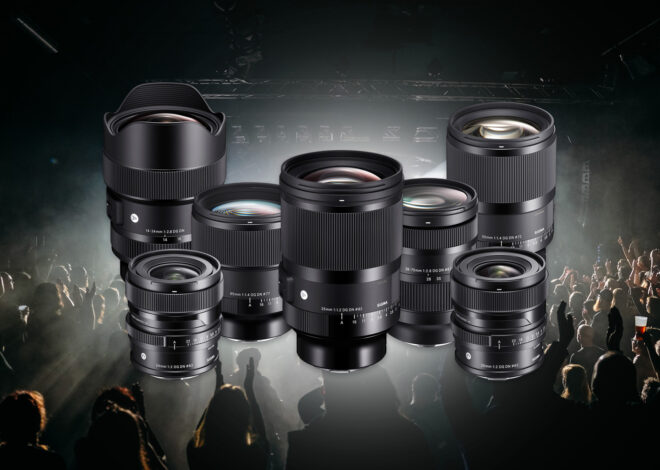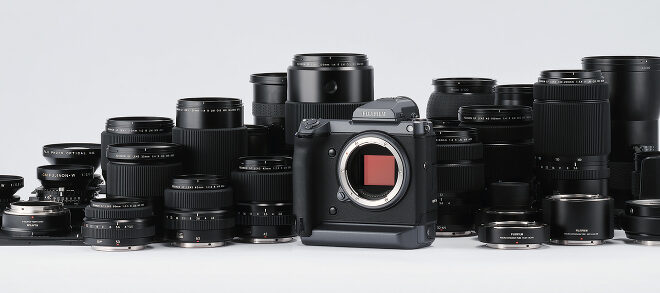
The Key Differences Between Leica H-X025 and Lumix H-XA025
As an Amazon Associate, I earn from qualifying purchases.
Leica H-X025 is a bright and normal-length lens with a maximum aperture of f/1.4, and Lumix H-XA025 is a fast and normal-length lens with a maximum aperture of f/1.7.
Both cameras are equivalent to a 50mm prime lens for 4:3 mirrorless cameras. Both lenses work well in low-light conditions.
Leica H-X025 is a little older coming in 2011, and Lumix H-XA025 came in 2015. The Leica is a flagship lens whereas Lumix is budget-friendly.
Both cameras have a few more differences. You will have to look at the details to be clear about this. This article will help you get it. Let’s go!!!
Leica H-X025 vs. Lumix H-XA025: Comparison Table
Leica H-X025 vs. Lumix H-XA025 both lenses play roles that amuse the photographers. Now, let’s see what the differences are between these given lenses’ features:
| Feature | Leica H-X025 | Lumix H-XA025 |
| Mount | Micro Four Thirds mount | Micro Four Thirds mount |
| Format | Micro Four Thirds | Micro Four Thirds |
| Focal length | 25mm (50mm in 35mm equivalent terms) | 25mm (50mm in 35mm equivalent terms) |
| Lens configuration | 9 elements in 7 groups | 8 elements in 7 groups |
| Aperture blades | 7 circular blades | 7 circular blades |
| Minimum focusing distance | 30cm | 25cm |
| Magnification | 0.14x | 0.11x |
| Angle of view | 47° | 47° |
| Aperture range | 1.4 to 16 | 1.7 to 22 |
| Filter diameter | 46mm | 46mm |
| Weather-sealing | No | No |
| Optical stabilization | No | No |
| Dimensions | 54.5 x 63mm | 52 x 60.8mm |
| Weight | 200g | 125g |
What are the key differences between the Leica H-X025 vs. Lumix H-XA025?
The lenses have a lot of similarities but differences. They are a little alike in terms of design, performance, and ability, but the pricing difference is quite double.
Design
Leica is made up of 9 elements in 7 groups. Nano Surface Coating on the Leica reduces flares and ghosting.
With a weight of 200g and a length of 54.5mm, the Leica is the larger, heavier, and more durable of the two.
It has a large rubber focus ring on the barrel and an octagonal lens cover that creates a more significant impression than it is.
On the other hand, there is no Nano Surface Coating on the Lumix. Lumix is made up of 8 elements in 7 groups. Lumix is 125g, 52mm in diameter, and equipped with a small circular lens hood.
The two primes have the same 25mm focal length and angle of view, comparable to a 50mm field of view on a full frame. They both have a feature of two aspherical lenses, one Ultra High Refractive lens, a diaphragm with seven diaphragm blades, and a round aperture.
Performance
The Leica H-X025 has an aperture range spanning from f/1.4 to f/16. The Leica lens is faster but lacks the minimum f/22 aperture. Leica’s closest focusing distance is 30cm.
The Lumix H-XA025 has a somewhat slower maximum aperture of f/1.7, although it can reach f/22. The Lumix can focus as close as 25cm.
Both lenses lack built-in optical stabilization. So, using slow shutter speeds requires relying on the in-body stabilization of Micro Four Thirds cameras.
Unfortunately, neither lens is weather-sealed, so it’s crucial to avoid exposing them to terrible weather. Because of overall performance, I will prefer Leica.
Sharpness
The fastest aperture available in Leica is 1.4. Between f/1.8 and f/8, the Leica lens is sharper. But between f/4 and f/5.6, Leica is at its best. Sharpness increasingly gives way to diffraction on the lens beyond f/11.
Although Leica only goes up to f/16, this aperture is still pretty usable.
The Lumix, on the other hand, can go up to f/22, but it is not ideal using it because it is pretty soft. Lumix’s fastest aperture is 1.7, which puts it on par with Leica in terms of sharpness.
Between f/5.6 and f/8, Lumix is at its best.
Overall, the center sharpness of both lenses is impressive, especially at the fastest apertures. Both lenses perform similarly in the aperture range, giving their best results between f/4 and f/8.
However, the corners don’t act well as the center. Once you reach the slowest apertures, sharpness begins to deteriorate. But, Leica H-X025 will give you comparatively a good result.
Close focusing and Bokeh balls
The out-of-focus rendering on the Leica is smoother and more controlled. Leica creates round bokeh balls using the 7-blade circular aperture.
Leica’s faster maximum aperture creates more giant balls that give eyes a soothing result.
In situations where there is a lot of detail or text, the Lumix might look shakier. The Lumix can focus closer to the subject than the Leica – 25cm with 0.14x magnification vs. 30cm with 0.11x magnification.
With the Lumix, a more attractive blur is generated just by stepping in closer to your subject.
The common feature between Leica and Lumix is that they both produce round bokeh balls using a seven-blade circular aperture.
But clearly, Leica beats Lumix here because of its faster maximum aperture.
Flare, vignetting, chromatic aberration
Leica produces a mild primarily vignetting at f/1.4 and f/1.6. However, the expected result from the Leica is acceptable. Vignetting in Leica H-X025 is practically clear by f/4. At the fastest apertures, chromatic aberration works perfectly.
On the other hand, Lumix H-XA025 suffers a lot at vignetting. The frame seems one-stop darker at f/1.7 than at f/2.8. The lens works quite well for vignetting by f/4. Like the Leica lens in Lumix, chromatic aberration is balanced at the fastest apertures.
When exposed to a bright light source, lens flare is typical in both lenses. A purple haze or polygonal shapes can be seen sometimes. A lens hood helps cover the lenses, but it isn’t enough to minimize the flare. Leica handles flare, vignetting, and chromatic aberration pretty well than Lumix.
Autofocus and Manual Focus
The Leica lens has a comparatively slower focus ability than the Lumix. It makes noise during aperture change which is a well-documented quirk. The Leica’s ring is a little looser because the ring is made of plastic. However, it doesn’t affect adjusting the focus.
On the contrary, the Lumix is fast but silent. Leica has a rubber-made ring that adjusts very well to focus. Being made of rubber affects the latter attracting some dust.
The performance of both lenses in poor light is quite well. Both lenses use manual focusing by the “fly by wire” mechanism. Both lenses are ribbed, enhancing the tactile feel of twisting the ring.
Conclusion
In terms of overall optical quality, the Leica takes the win, which is understandable given the price differential. The Lumix, on the other hand, has a quieter and quicker focus mechanism. Also, Lumix has a closer minimum focusing distance.
If I had to choose a Micro Four Third camera, I would probably go with the Lumix model rather than the Leica. It is one of the cheapest primes available for the system and provides excellent performance, and is one of the smallest primes available.
Yet, I will put my opinions aside and let you have your decision. You should choose the Leica lens if you prefer sharpness. In addition, you will get the fastest aperture. Or you can have the Lumix if you have a budget issue, giving you a silent autofocus mechanism.
Related Posts:



